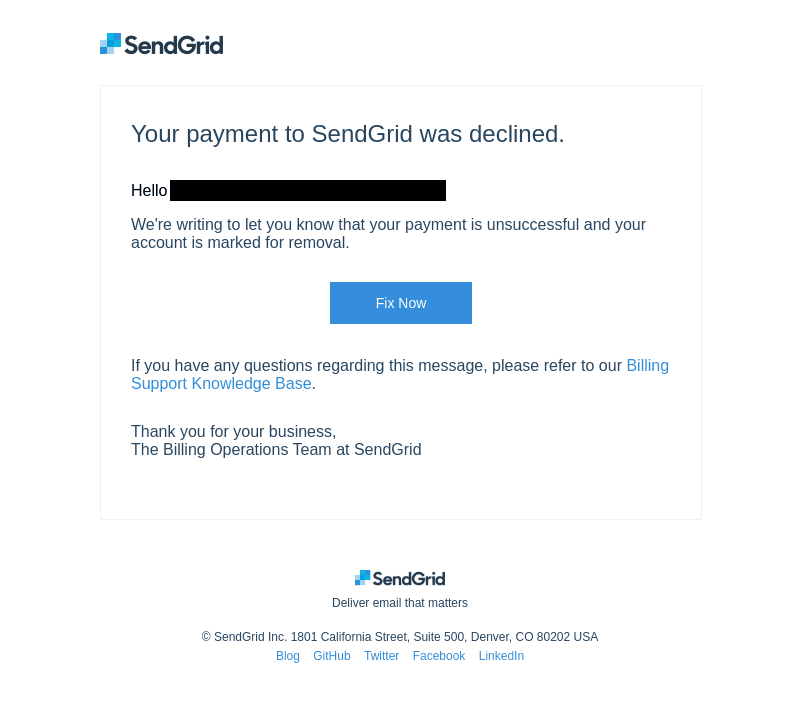2054, Part III: The Singularity
“You’d have an incomprehensible level of computational, predictive, analytic, and psychic skill. You’d have the mind of God.” An exclusive excerpt from 2054: A Novel.
More results...
“You’d have an incomprehensible level of computational, predictive, analytic, and psychic skill. You’d have the mind of God.” An exclusive excerpt from 2054: A Novel.
Most online users have experienced it. You do an online search for healthcare purposes, travel information, or something to buy and soon you’re being bombarded with emails and targeted online ads for everything related to your search. That’s because…
2024 will be the year of the vCISO. An incredible 45% of MSPs and MSSPs are planning to start offering vCISO services in 2024. As an MSP/MSSP providing vCISO services, you own the organization’s cybersecurity infrastructure and strategy. But …
Seafarer’s Companion: More than just internet. It’s crew welfare, reimagined. Ditch the spotty signal and upgrade to seamless connectivity with Starlink & 5G. This all-in-one solution goes beyond internet access, offering dedicated hardware, softw…
Netcraft has recently observed that criminals abused SendGrid’s services to launch a phishing campaign impersonating SendGrid itself. The well-known provider, now owned by Twilio, makes sending emails at scale simple and flexible. In addition to scale, the promise of high deliverability and feature-rich tools make Sendgrid a sought-after service for legitimate businesses and a likely target for criminals.
The campaign observed uses a variety of complex lures, such as claiming the victim’s account has been suspended while its sending practices are reviewed or that the victim’s account is marked for removal due to a recent payment failure, combined with other SendGrid features to mask the actual destination of any malicious links.

Screenshot of one of the phishing emails seen by Netcraft in the campaign.
The criminals behind the campaign used SendGrid’s click-tracking feature, with the malicious link masked behind a tracking link hosted by SendGrid. As the actual destination link is encoded in a URL parameter, even technically savvy recipients cannot determine its destination without following it.
https://u684436[.]ct[.]sendgrid.net/ls/click?upn=MlKqR181cN-2FwVofVyYroZohPHYCFmcOANwhWCUdTCBwPOc8txaiCuzTlogC05KN3LNFQ-2BuY0GGAqsU1nral07J5ZAzdZaZBAuJ7sV0-2BXHfumQD5I7-2FksS6M-2Bkp-2BkG47JcUbzDR8JwfwRM53-2BjxY8Q39KSfdEFQ9435uyTBM5TtspkyY3jUnvibv5C-2BopzMIluG2QhFh3lCZT2E5thEQQlvnZzjigw0zd2QIpDJ1mDMyGAOP9FKPeH-2BubdRj8uMW7TYzi-2FryttpaWt-2FacBOIgmTucX37Bpzwo8hDwYWOfxtiszu0DQpSrDO3oXpdkl-2B4s7wZAW0B-2FGDFBUzYJTXj74HRI9K2dpGobo82sm-2BazB2pF4rB-2BmwcxWwFL-2FpuLyZHB39O28qMVDOVLLbjWvpdUCCWXeMbVjwqJJJ-2FJJcfiX9cVoMVr52N2vZshdxGLBhIHeg5gMDA8qUev9sXguFrcp8VNlV-2FhMxARF1RUvbSCJCUd-2Faf2xJXq65WP0ikjyx7BLg1hmUr3QcV9IstauGE08g-3D-3DmcLN_IrVKFt61B0RSPoIcLeWyNg52nFk05lKq9QPi-2FlqEDp6KgcjnqupRcHzKcBBn7PVo8-2BxeSCeDL5jOu-2Bx5wws5UKOwmCQCTy6wc-2FTAihp-2FZilUgXpstXJftrsxyCzWfWHkMtlCi92uoep-2BB-2BEJJpbK-2BlDe4wqa-2FR0sOOAlwWz6aTEHqnEACadwVCrFtoPCBG68mO0yF5ItaBS0v1i7sukWtkhsoqWJbxt7FUowSScDsyM-3DExamining the email headers reveals that the phishing emails are sent using SendGrid’s infrastructure:
Received: from s.wfbtzhsv.outbound-mail.sendgrid.net (s.wfbtzhsv.outbound-mail.sendgrid.net [159.183.224.104])
(using TLSv1.3 with cipher TLS_AES_256_GCM_SHA384 (256/256 bits)
key-exchange X25519 server-signature ECDSA (P-384) server-digest SHA384)
(No client certificate requested)
by REDACTED (Postfix) with ESMTPS id 684BCE1862
for <REDACTED>; Tue, 12 Dec 2023 18:49:17 +0000 (UTC)SendGrid advertises an “industry-leading 99% delivery rate”. With even legitimate companies sometimes struggling to deliver emails to users’ inboxes successfully, it is easy to see how using SendGrid for phishing campaigns is attractive to criminals.
One giveaway indicates that the emails are not legitimate: while the campaign uses SendGrid’s email servers, the “From:” addresses do not use SendGrid’s domain name. Instead, the emails are sent from a variety of unrelated domain …
A coalition of dozens of countries, including France, the U.K., and the U.S., along with tech companies such as Google, MDSec, Meta, and Microsoft, have signed a joint agreement to curb the abuse of commercial spyware to commit human rights abuses.
The…
Understanding the threat, and how staff awareness training can address it Damian Garcia has worked in the IT sector in the UK and internationally, including for IBM and Microsoft. In his more than 30 years in the industry, he’s helped both private- and public-sector organisations reduce the risks to their on-site and Cloud-based IT environments. He also has an MSc in cyber security risk management. Now, Damian is our head of GRC consultancy, providing clients with pragmatic consultancy advice and support around information security, risk management and ISMSs (information security management systems). He also delivers ISO 27001 training courses. Damian
The post Elearning Staff Awareness Course Overview: Ransomware appeared first on IT Governance UK Blog.
In June 2022, I travelled with a Ukrainian reconnaissance unit that was seeking to get an uncrewed aerial system with a camera over a series of Russian positions. Although the drone they were using was autonomous, this was not achieved from a remote he…
Posted by Eugene Liderman, Director of Mobile Security Strategy, Google
From its founding, Android has been guided by principles of openness, transparency, safety, and choice. Android gives you the freedom to choose which device best fits your needs,…
In this blog entry, we discuss CVE-2023-22527, a vulnerability in Atlassian Confluence that has a CVSS score of 10 and could allow threat actors to perform remote code execution.